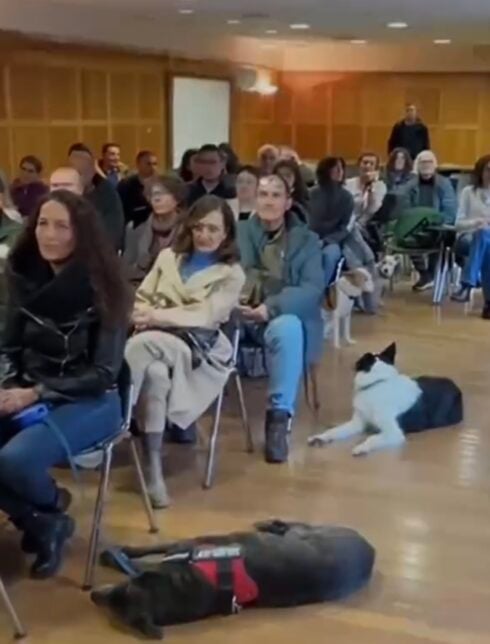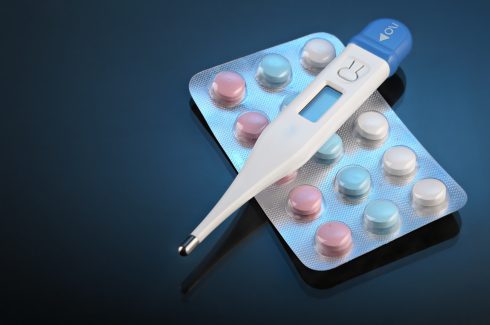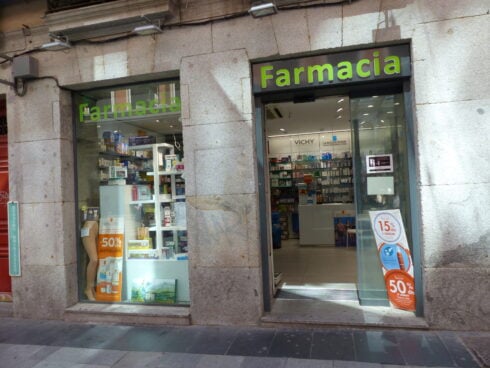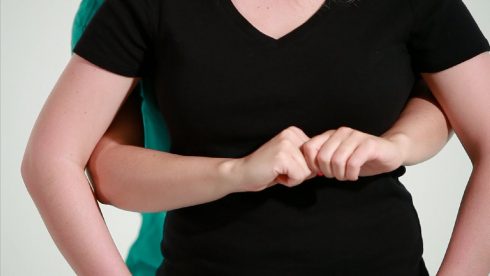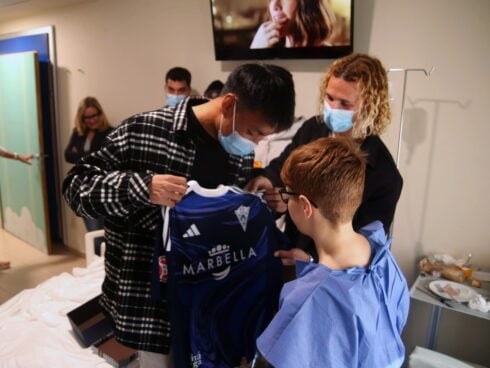PUBLIC health officials in Valencia have reported two probable cases of leptospirosis- pending the results of tests.
The bacterial disease has potentially infected two volunteers who carried out cleaning and rubbish removal work in two towns affected by the floods.
Both victims are doing well, though one of them has been admitted to hospital.
READ MORE:
- Watch: Spain’s Rosalia volunteers at ground zero of devastating DANA floods in Valencia
- Watch: Police dog named Darwin searches for bodies in flood-hit zones of Spain’s Valencia – after corpses wash up on beaches
- Pictured: Tragic 30-year-old woman with Down’s syndrome is found dead in Valencia – as death toll from floods rises to 219

Leptospirosis is a major health risk after flooding and is a bacteria contracted by contact with floodwater, moist soil or sludge contaminated with urine or tissues from infected animals.
The bacteria can enter the body through skin or mucous membrane lesions but be combatted by antibiotics.
Most cases are self-limiting, manifesting mild symptoms such as fever, general malaise and muscle aches.
Symptoms also include severe diarrhoea or vomiting, severe abdominal pain, or yellowing of the foot and eyes.
In addition, dark-coloured urine, a persistent cough or difficulty in breathing are potential red flags.
Skin rashes may indicate bleeding under the skin, severe headache or stiff neck, confusion, disorientation, or agitation.
The Ministry of Health says that symptoms should be monitored involving people in flood areas and they should get a check up if they needed.
Recommendations to avoid getting the disease if involved in cleaning work include washing hands with soap and water, using a mask, gloves, eye protection and appropriate long-sleeved clothing .
When cleaning houses, it is advised to open windows and doors to ventilate, as well as removing all wet belongings, stagnant water, mud and mud.
Walls and floors should be cleaned and disinfected with bleach.
In the case of finding animal carcasses, they should be handled as little as possible, using the correct protective equipment.
Click here to read more Valencia News from The Olive Press.


